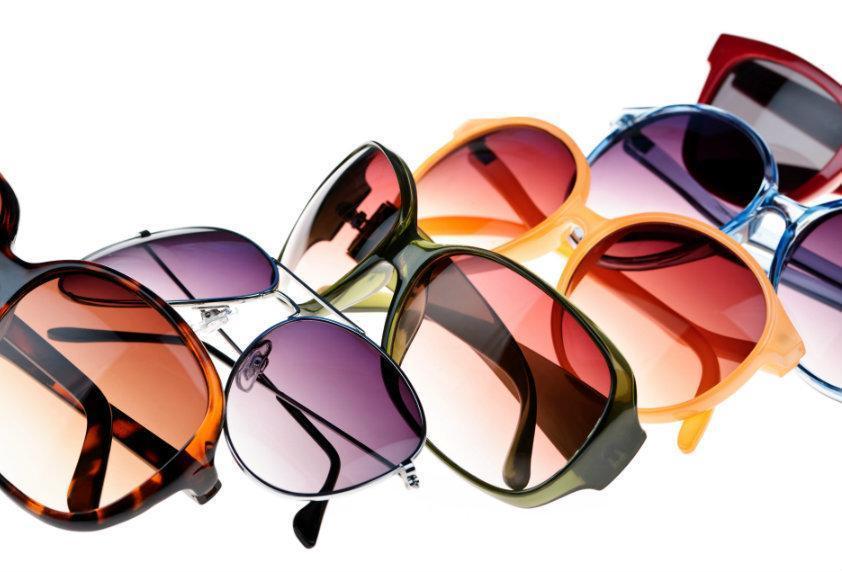The history of sunglasses is longer than most people realize, dating back to prehistoric times. While the flattened walrus ivory glasses worn by Inuit people to block the sun’s rays may have looked much different, the concept was the same. Precious stones were often used and those worn by Roman emperor Nero were said to be made of polished emeralds.
In 12th century China, smoky quartz was the gemstone of choice for glasses worn by court judges who wanted to appear more impartial during witness interrogations. The first pair of darkened glasses capable of correcting vision were introduced in Italy in 1430. In the 1700’s, James Ayscough began experimenting with blue and green tinted lenses in the belief that different colors could correct specific vision impairments.
During the 19th and early 20th centuries, wearing sunglasses carried a social stigma. Amber and brown tinted glasses were often prescribed for sensitivity to light, a common symptom of syphilis. However, the movie industry changed all that. When popular actors and actresses began wearing them to protect their eyes from harsh lighting and flash bulbs, sunglasses became associated with the glamor of celebrity.
When Sam Foster introduced his Foster Grant line of inexpensive, mass-produced sunglasses on the boardwalk in Atlantic City in 1929, they proved to be an instant hit with beach-goers. Bausch & Lomb was commissioned by the Army Air Corps to develop sunglasses that would reduce sun glare for pilots in the 1930’s.
In 1936, Edwin H. Land used his patented Polaroid filter to produce the first line of polarized sunglasses. During World War II, Ray Ban’s polarized anti-glare aviator sunglasses used by fighter pilots proved to be wildly popular when they became available to the general public.
In the 1960’s, a clever advertising campaign utilizing celebrities thrust Foster Grant sunglasses back into the limelight. Actress Marilyn Monroe popularized the cat-eye style, until the chic over-sized style preferred by First Lady Jacqueline Kennedy became even more popular. Styles have changed over the years, and so has technology. In 2004, Oakley introduced a line of sunglasses with a built-in digital audio player.
Today’s sunglasses have come a long way from the flattened walrus ivory of prehistoric times. Technology has made it possible for multi-focal transition lenses to provide vision correction and graduated UV protection simultaneously. Protecting eyes from damaging UV rays is so important that scientists in Belgium are developing a curved LCD display capable of transforming contact lenses into sunglasses.
While some may welcome that technology, many will continue to enjoy expressing their personal style with sunglasses.
Southwestern Eye Center has locations in Arizona and New Mexico, and our professional associates can help you find the right sunglasses to suit your needs. Contact Southwestern Eye Center today to schedule your appointment.
